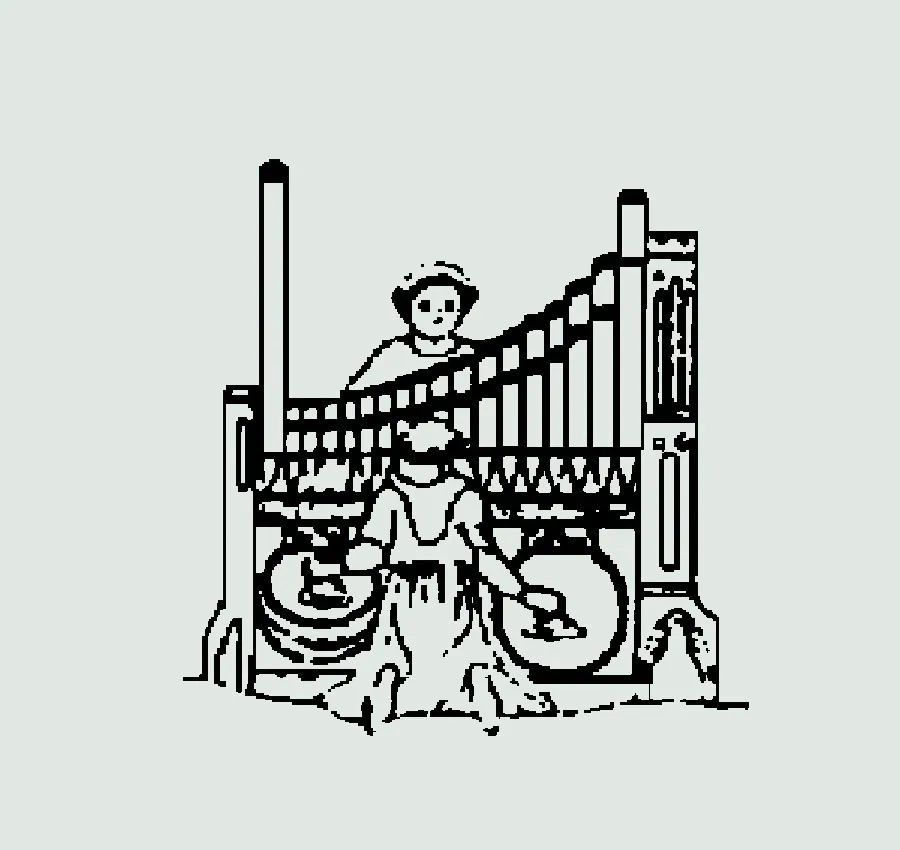University of Alabama Keyboard Festival, January 22-23, 2016
Related Content
Organ Method XVIII
This month, I begin a section on putting hands and feet together. It is surprisingly straightforward. That is, if a student has become a comfortable player of pedal parts, is also comfortable playing music at a keyboard, and has not tried to put manual parts and pedal parts together prematurely (which can result in a loss of confidence and developing of bad habits), then the act of putting hands and feet together is quite natural. Learning to play manuals and pedals together in the first place requires a lot of work, and learning any given organ piece might require patient work at any stage of a player’s career. But it is possible for that effort to feel comfortable, and it should yield prompt and easily discernible results. I am trying to frame this for students in such a way that they can use this approach themselves without a teacher, but also so that a teacher can participate in the process, keep track of how it is going, and help it along.
Before they reach this point, students should be quite accustomed to keeping track of such things as hand position, overall posture, foot angle, leg position, and everything to do with tension. Therefore they should also be able to keep track of those things in the slightly more complex circumstance of playing with both feet and all fingers. To aid the student’s understanding of the process and being able to monitor his or her own work, I include a lot of discussion (in general, but here in particular). Whether this discussion seems at all dense or overly complicated, and whether the ratio of discussion to exercises seems right, are two points about which I would find reader feedback especially useful. This month’s excerpt has, just by chance, no examples; next month’s continuation will discuss those that are referred to in the first sentence immediately below.
We now come to some exercises and discussion aimed at helping you to get comfortable putting your hands and feet together, that is, learning to play pieces for manuals and pedals. This is what is considered “typical” or “real” organ playing—though of course a healthy proportion of the organ repertoire is for manuals alone. It is what uniquely characterizes organ playing technically, and what defines the organ musically for many people.
A consideration of the record series made by the Aeolian-Skinner Organ Company
The arrival of the post-World-War-II 331/3-r.p.m, high-fidelity, long-playing recording was embraced by the legendary Aeolian-Skinner Organ Company of Boston as a means of promoting its product. In the course of approximately twenty years, thirty volumes of the series, entitled The King of Instruments, were released. The series can be divided into three groups, (1) The Harrison Era, (2) The Whiteford Era, and (3) The Post-Whiteford Era.




